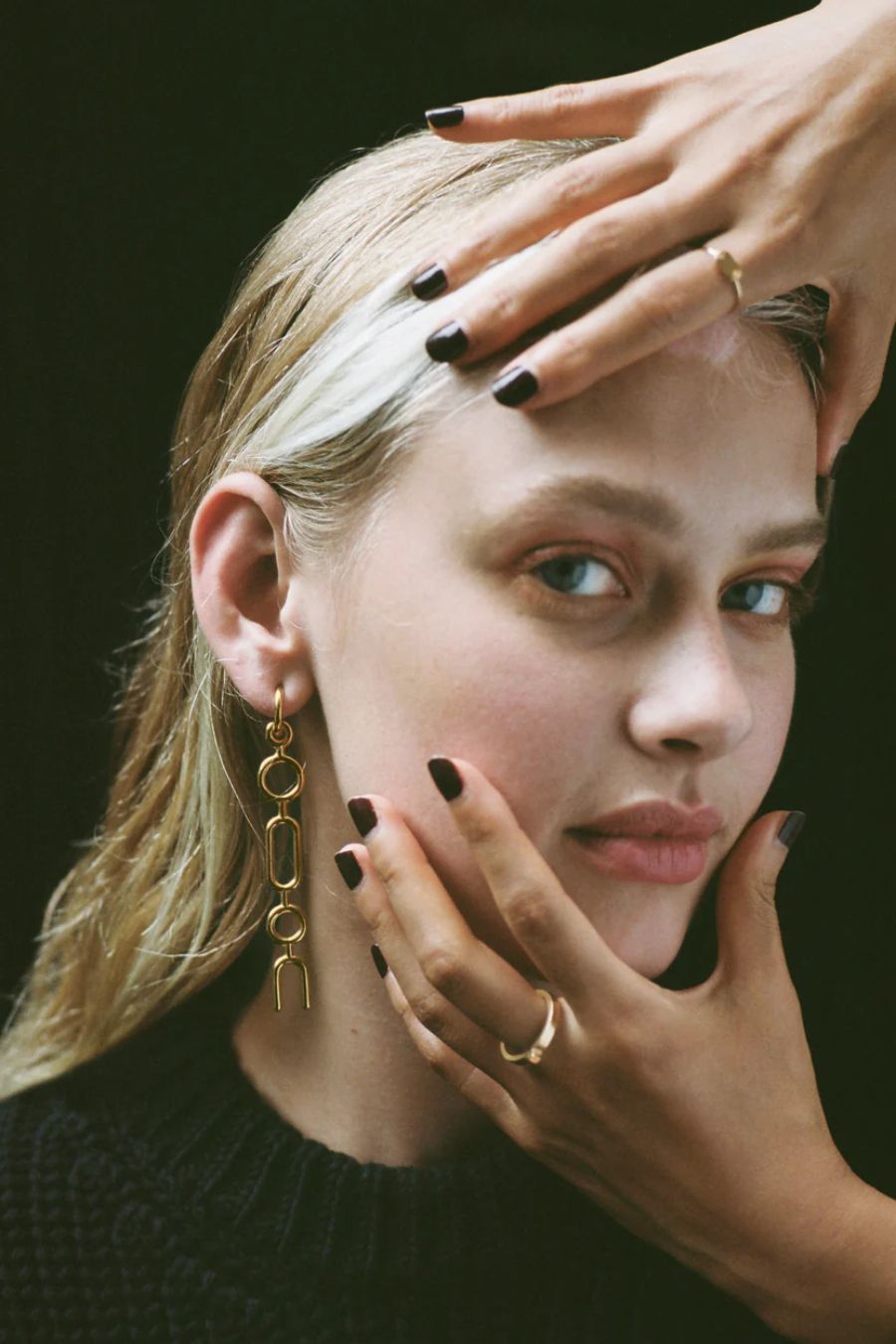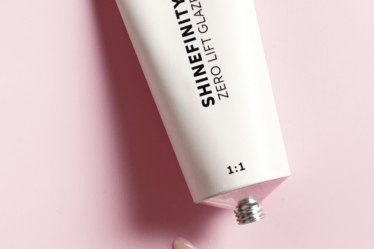
Online shoppers are getting promiscuous. With ongoing inflation compromising their spending power, consumers are jumping from brand to brand in search of the best deals. Retailers’ discount rates rose 12 percent year-over-year in the second quarter of 2023, according to commerce data from Salesforce.
It’s a significant challenge for emerging digitally-native brands, which have relied on promotions to get shoppers to look in their direction.
A better solution is to invest more in retaining existing shoppers rather than acquiring new ones. Customer loyalty has become a critical lifeline for start-ups as they struggle to increase awareness and get their sales off the ground without losing money.
In lieu of constant promotions, brands can leverage loyalty programmes that offer gentle discounts and other perks to build an engaged customer base without hurting margins. A 2022 study by marketing software platform SAP Emarsys found that of more than 4,000 people surveyed, 58 percent were more loyal to retailers that offered them discounts, incentives and rewards, up from 51 percent of respondents the previous year.
But when it comes to loyalty initiatives, DTC brands can’t copy and paste what traditional retailers have done in the past. The conventional point-based system that turns purchases into credit, exemplified by Sephora’s famous Beauty Insider programme, is no longer sufficient because every brand has adopted some version of the same offering. Ubiquitous welcome deals — in which online shoppers are met with an immediate offer of 10 or 15 percent off their first purchase when they visit a brand’s website — has rendered rewards programmes redundant.
As a result, multi-brand loyalty programmes are on the rise. Payment startup Catch, for instance, has recruited brands like Everlane and Parade to allow their shoppers to pool their points. Catch works with more than 50 merchants, among whom only 15 to 25 percent of shoppers are enrolling into their brand-specific rewards programmes, the startup said.
“There’s almost been an over-saturation in typical loyalty programmes and points systems,” said Denia Ebersole, Catch’s co-founder and chief operating officer. “The tool is still really effective, but there probably needs to be some changes in how rewards are delivered to consumers.”
Beyond joining a coalition rewards programme, emerging brands are cutting through the noise by rethinking how they allocate points, personalising incentives and emphasising products rather than discounts.
Eliminating the Burden of Enrolment
How brands communicate with shoppers regarding loyalty programmes can make a big difference. If done well, a brand can significantly strengthen the emotional connection with existing repeat customers.
Ready-to-wear label Tayground, for instance, doesn’t have signage on its e-commerce site asking customers to join its rewards programme, “the Tayground Lounge.” Instead, the 5-year-old company automatically enrols repeat customers. Founder and creative director Taylor Ryerson personally sends customers who have made three purchases or spent upwards of $1,500 an email notifying them that they are now part of the programme. In the email, new invitees are encouraged to fill out a form detailing their lifestyle and hobbies.
The perks of the programme are standard: Members receive free shipping and a small gift with each subsequent purchase, such as a branded sketchbook or T-shirt. They also get a custom gift once a year, which has included baby or pet versions of popular items or a book that Ryerson recommends. Sometimes it’s even more personal. One of Tayground’s repeat clients has a daughter who aspires to be a designer, so on the customer’s fourth purchase, Ryerson included a small sewing kit as part of the package. Another member received one of the brand’s archived T-shirts after he mentioned it in exchanges with Ryerson.
“It’s always been about more of an emotional moment for the client,” Ryerson said. “It truly is a thank you.”
These repeat customers now account for 20 percent of Tayground’s total client list, and they return the brand’s rewards with greater spend — three times higher than standard shoppers — and referrals to their friends. The programme, which launched in 2021, is on pace to account for up to 10 percent of overall sales this year.
What’s the Point?
Point-based rewards programmes — in which shoppers get points for every dollar spent, and those points can be used to redeem future purchases — may be a dime a dozen, but there are ways to innovate. Some brands are using points to incentivise customer engagement beyond simply making more purchases.
Beauty brand Ourself, known for tech-driven products like its $145 natural lip filler, grants members of its rewards programme, Ourself Society, points for simply signing up, leaving product reviews, opting to receive text message marketing campaigns and following the brand on social media platforms. Members can redeem points on an ongoing basis for credits toward a new purchase.
Ourself also invites members of its subscription service, where customers auto-replenish certain items, into the upper tiers of the rewards programme. Subscription generates revenue over 25 percent of e-commerce sales, according to Vimla Black Gupta, Ourself’s co-founder and chief executive. The rewards programme will be a key part of Ourself’s projected sales growth of up to 40 percent this year, she said.
A Product Push
Traditional loyalty programmes offer shoppers a discount in exchange for their repeat patronage. But discounts can cut into profit margins, and some brands are reconsidering how they can get customers into their rewards programmes beyond offering promotions.
E-commerce jewellery label Jencks Howland will be piloting a new feature to its rewards program allowing members to receive early access to product drops rather than points toward future purchases.
The brand, which sells silver and gold-plated earrings made from recycled materials, is hoping this initiative will condition shoppers to be excited about new products rather than discounts.
It’s a lofty objective, considering how price-sensitive consumers are today. But by emphasising access rather than price, Elizabeth Howland, the brand’s founder and designer, hopes to attract the type of customers who are more interested in the unique design of her products than bargains. The goal is for the rewards programmes to eventually account for 30 percent of annual sales, Howland said.
“I want people to be excited about the designs themselves and me as a designer,” she added. “Ultimately, that is the thing that is going to make people come.”
Disclosure: LVMH is part of a group of investors who, together, hold a minority interest in The Business of Fashion. All investors have signed shareholders’ documentation guaranteeing BoF’s complete editorial independence.



